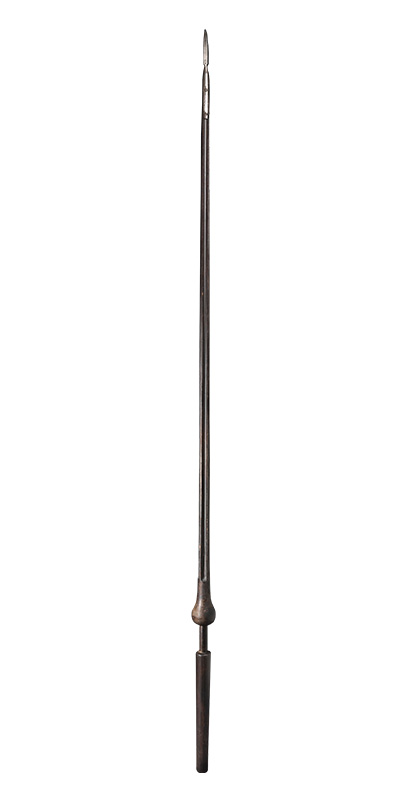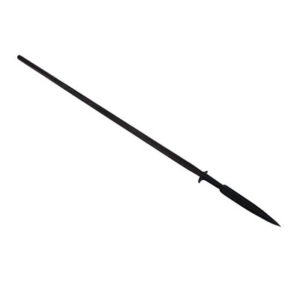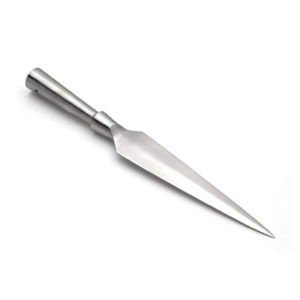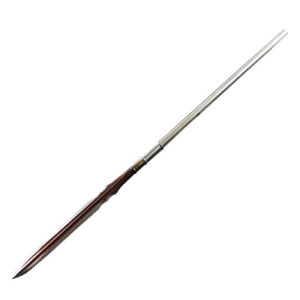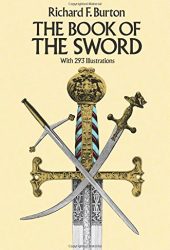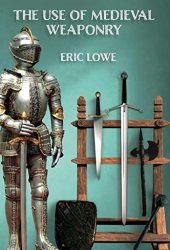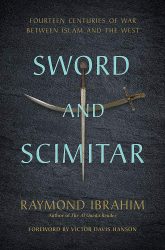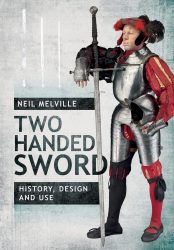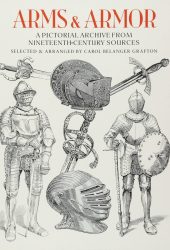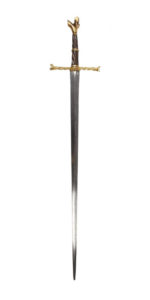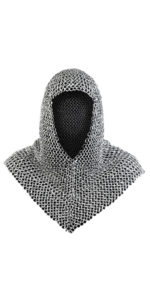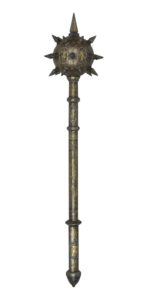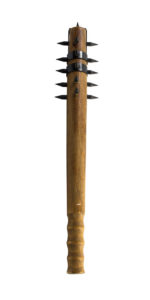The Lance is a type of pole weapon commonly used during classical and medieval warfare for cavalry charges. Unlike the javelin or pike, the lance was unsuited for throwing or for repeated thrusting. They were usually equipped with a small circular plate to prevent the hand from sliding up the shaft upon impact.
The use of lances was widespread in Europe and throughout Asia, the Middle East, and North Africa. They were made of wood, usually ash, with a metal tip in iron or steel.
Because the lance would not always survive the initial impact intact, it was frequently complimented by melee weapons such as swords, axes, hammers, or maces.
History of the Lance
The word “lance” derives from “lancea” (the javelin or throwing knife used by auxiliaries). It is said that the Sarmatian and Parthian used lances, typically 3 to 4 m long and grasped with both hands.
They were used by the Byzantine cavalry, both overarm and underarm, and usually in mixed lancer and mounted archer formations.
The lance quickly became a popular weapon of infantry because of its extreme thrusting power, and lancers a staple of every Western army and highly sought-after mercenaries.
The advent of wheellock (a major development in firearms technology) brought the end of the heavy knightly lance in Western Europe.
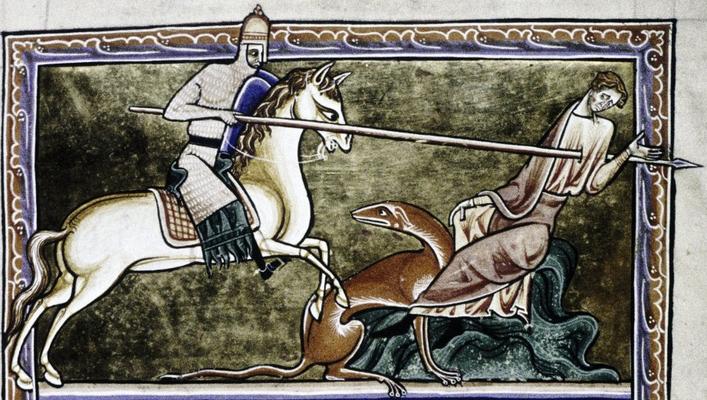
Types of Lances
Although originally (before the 16th century) lances were knows as light throwing spears or javelins, the term came to refer specifically to spears not thrown – particularly used in jousting and by heavy cavalry.
There are two types of lance: heavy (frequently used to unhorse a rider in jousting) and light (used more like a spear or projectile from horseback).
Often over three meters long, jousting lances were a variation of the knight’s lance, modified so that the tip would usually be blunt and spread out like a cup or furniture foot. This provided a wider impact surface designed to unseat the opposing rider rather than impaling him. It was also common for the shafts of lances to be hollow for lances to break on impact.
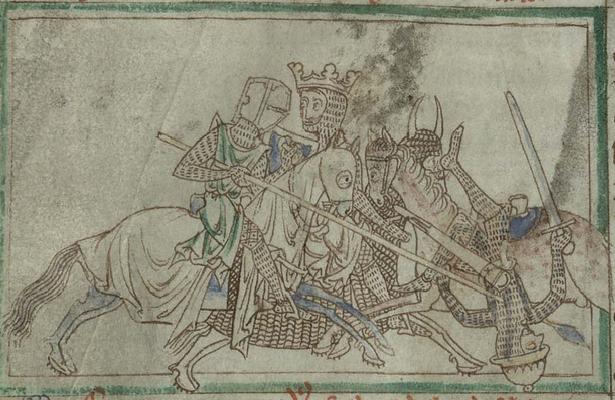
Using Lances
In war, lances were usually long, balanced for one-handed use, and with sharpened tips. Groups of knights in full-gallop closed-ranks used underarm-couched lances against lines of infantry, archery regiments, defensive embankments, and opposition cavalry.
The training required by a knight to use the lance, the Quintain, was developed over many years.
At first a target was erected and a Page would mount a wooden ‘horse’ on wheels holding a lance and be pulled along by two other pages. Later, a squire would practise against a shield and dummy were suspended from a swinging pole. The squire’s task was to avoid its rotating arms (sometimes with heavy sandbag attached to them) and not get knocked from the saddle. During the crusades, the dummy would frequently be designed to look like a Saracen.
Squires also practised “Running at the Rings“, aiming the lance at a target in the shape of a small ring.

